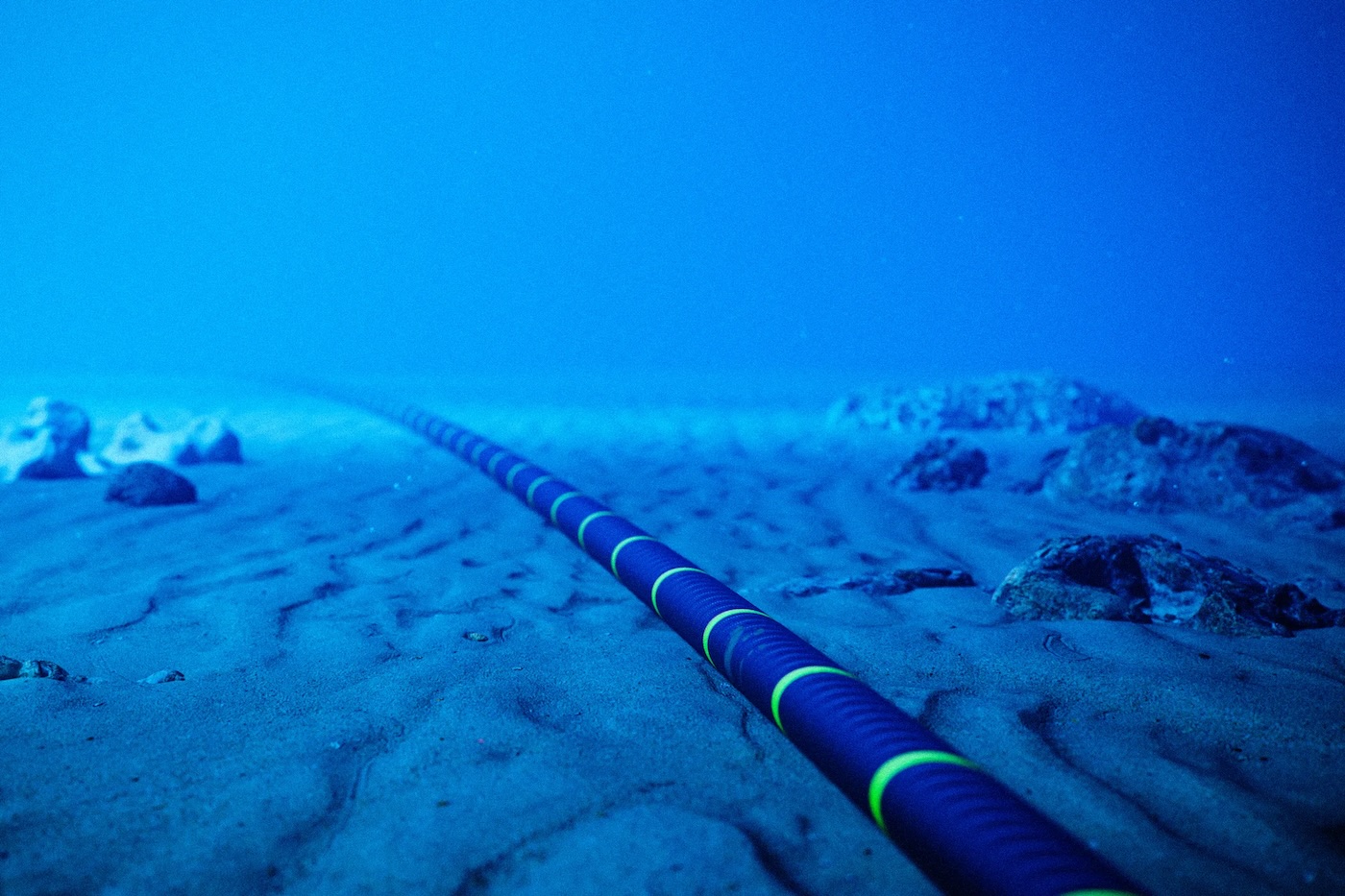
Thursday, 4th September 2025.

by inAfrika Reporter
One of the Horn’s most important internet arteries is coming to Tanzania. Djibouti Telecom has unveiled plans to extend the DARE1 subsea cable—which today links Djibouti, Somalia and Kenya—down the East African coast to Tanzania, Mozambique, Madagascar and South Africa. The new segments will branch from the Mombasa (Nyali) trunk station, with a Mombasa–Durban span of roughly 3,200–3,500 km. Construction is slated to start in 2026, with services ready by 2028, creating an alternate southbound path that adds capacity and, more importantly, route diversity for a coastline that has learned the cost of single-point failures the hard way.
For Tanzanian users and ISPs, the prize is not just more bandwidth; it’s resilience. Each new wet segment that lands locally gives carriers a way to reroute around faults and maintenance windows on other systems, smoothing the spikes in latency and wholesale prices that follow cable cuts. Over the past two years, repeated incidents on West African and Red Sea corridors have shown how vulnerable national backbones can be when traffic must squeeze through one or two paths. A second or third east-coast option anchored to Mombasa and extended to Dar es Salaam trims that fragility, and in a market where mobile money, e-government and streaming are now everyday utilities, the impact of fewer mass outages is measured in GDP, not just gamer complaints.
The timing lines up with a bigger East African infrastructure story. Tanzania’s domestic backbone has expanded, data-centre ambitions are maturing, and regulatory pushes—from consumer-protection rules in finance to national payment rails—are nudging more critical activity online. As traffic densifies, ISPs need to hedge both international transit and domestic distribution. DARE1’s southern extension gives procurement teams something they always want but rarely get: bargaining power. With another enterprise-grade route to price against, wholesale transit costs tend to drift down over time, and service-level terms get tougher because carriers can credibly threaten to move traffic if performance slips. That dynamic is already visible between Mombasa landing stations; adding a Dar leg would widen the field.
Latency is the other win. A Mombasa-linked, southbound path that lands in Tanzania can shave milliseconds for traffic bound to southern caches and clouds, and reduce the “triangle routes” that today push packets up to the Horn before they can head down the coast. For businesses synced to regional SaaS and for consumers living inside video apps and games, those small numbers add up. And for fintechs that rely on real-time risk scoring, shaving jitter is not cosmetic—it’s conversion.
Skeptics will point out that a 2028 ready-for-service date is a long runway and that subsea projects can slip. That is fair. Long fabrication queues, ship schedules, permitting, and marine surveys all conspire against perfect timelines. But this announcement matters now because route planning and peering decisions take quarters, not days. If you manage a network, you start penciling in capacity commitments a year ahead; if you run a cloud-first business, you plan rollouts and redundancy with a view to where your providers will be able to land traffic in three years. A public blueprint for DARE1’s southern push lets East African players plan against a real map, not rumor.
Tanzania’s opportunity is to turn landing diversity into end-user confidence. That means aligning terrestrial backhaul, ironing out any bottlenecks at IXPs, and keeping spectrum and right-of-way processes predictable so last-mile investment does not lag the wet plant. Done right, the effect will show up where it counts: fewer nationwide brownouts when a cable is cut, faster page loads on ordinary phones, and a wholesale market where redundancy lowers both risk and price volatility. If 2024–25 taught East Africa anything, it is that redundancy is not a luxury; it is the only way to keep the lights on when the ocean disagrees. Today’s plan to bring DARE1 to Tanzania by 2028 is a concrete step toward that future.


